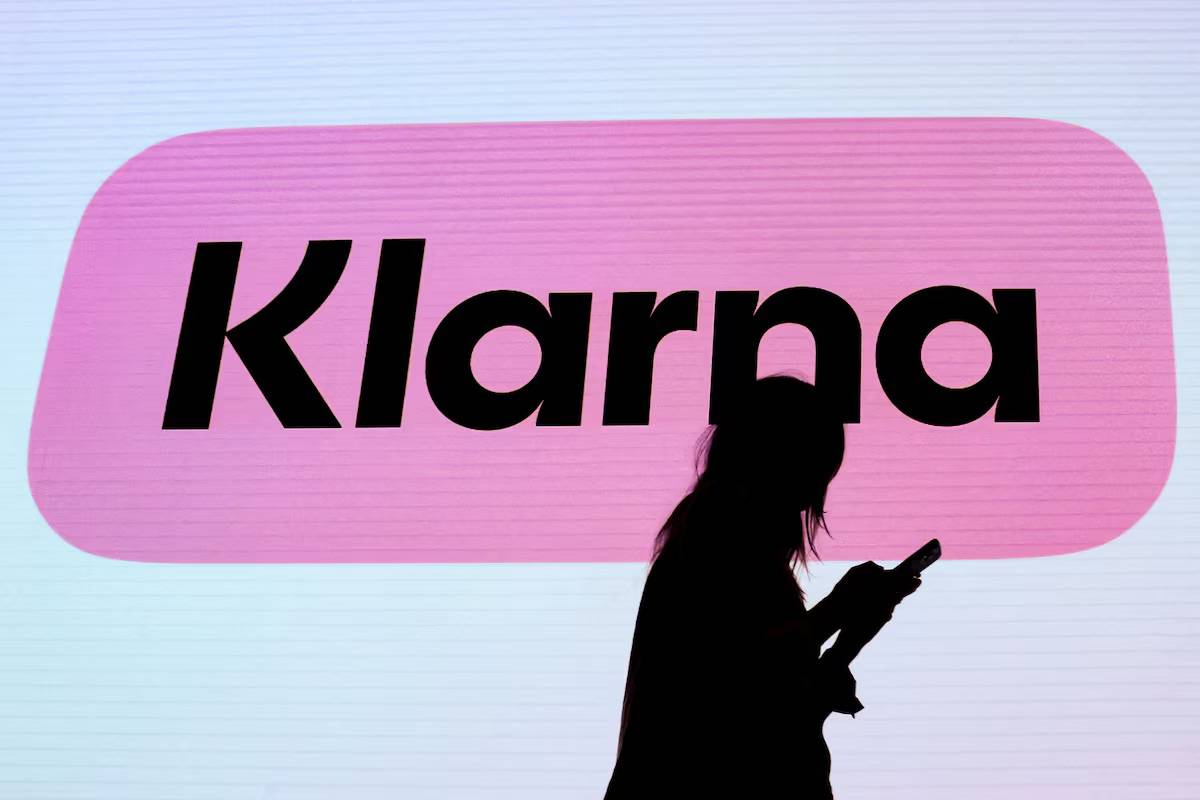The “buy now – pay later” giant Klarna has suddenly announced that it will release the stablecoin KlarnaUSD, expected to significantly reduce cross-border payment costs.
 Fintech giant Klarna launches stablecoin KlarnaUSD on Tempo blockchain
Fintech giant Klarna launches stablecoin KlarnaUSD on Tempo blockchain
Klarna's First Stablecoin
- According to a press release published on November 25, the giant Klarna is launching KlarnaUSD, the first USD- Peg stablecoin issued on Tempo , a stablecoin-focused layer-1 blockchain developed by Stripe and Paradigm , marking the Swedish fintech company's first foray into the digital asset space after years of staying on the sidelines.
Introducing KlarnaUSD, our first @Stablecoin .
— Klarna (@Klarna) November 25, 2025
We're the first bank to launch on @tempo , the payments blockchain by @stripe and @ Paradigm .
With stablecoin transactions already at $27T a year, we're bringing faster, cheaper cross-border payments to our 114M customers.
Crypto is…
- KlarnaUSD is currently live on Tempo's testnet and is expected to officially launch on mainnet in 2026, when the network's entire payment infrastructure is complete.
- KlarnaUSD aims to reduce the cost of cross-border payments, which currently generate up to $120 billion in transaction fees globally each year. According to Klarna, this stablecoin can help businesses and users significantly save on international money transfer costs, while also shortening payment processing times by leveraging blockchain technology instead of relying on traditional payment networks such as SWIFT or VisaNet.
- This stablecoin is issued through Open Issuance, a digital asset issuance platform operated by Bridge, a subsidiary of Stripe, thereby ensuring that KlarnaUSD complies with the highest technical and security standards in the current stablecoin ecosystem.
- In a press release, CEO Sebastian Siemiatkowski said:
“With Klarna's scale and Tempo's infrastructure, we can challenge legacy payment networks and make transactions faster and cheaper for everyone.”
- Notably, Mr. Siemiatkowski used to be a crypto skeptic. In 2021, he told CNBC that he was very concerned about the promotion of Bitcoin on social media and called for regulatory intervention. However, by 2025, the CEO asserted that his views had completely changed, saying that crypto had finally reached a stage where it was fast enough, cheap enough, safe enough, and scalable enough to be used in practice.
- Klarna currently serves 114 million users, processing $112 billion in gross transaction value (GMV) per year, creating a large enough scale to impact the payments industry if its stablecoin is widely adopted.
Blockchain stablecoin Tempo is backed by Stripe and Paradigm
- KlarnaUSD is notable for being issued directly on Tempo, a new layer-1 blockchain specifically designed for payments and stablecoins.
- Unlike most current blockchains that focus on DeFi, Non-Fungible Token or dApps, Tempo is designed with a single goal: to become a new generation cross-border payment infrastructure, replacing traditional payment networks such as SWIFT, VisaNet or Mastercard Network.
- Since its launch in early 2025, Tempo has quickly become one of the blockchain projects with remarkable growth rates. In its Series A Capital round in October 2025, the project raised $500 million at a valuation of $5 billion, showing strong confidence from investors in Stripe and Paradigm 's vision of making blockchain the future payment infrastructure layer.
- Not stopping there, Tempo has made a strategic investment of $25 million in Commonware, a blockchain infrastructure development group to expand tools for programmers and businesses to build applications on Tempo.
- Another highlight of Tempo's ecosystem is Bridge, a stablecoin issuance platform acquired by Stripe in 2024 for $1.1 billion. Bridge provides Open Issuance, an infrastructure that helps businesses issue stablecoins or digital assets in full compliance with legal regulations.
- Thanks to that, financial institutions or fintechs like Klarna, MetaMask, or even commercial banks can easily issue Tokenize assets on Tempo without having to build complex technical infrastructure themselves.
The stablecoin market is booming
- According to McKinsey estimates, the total global stablecoin volume has reached more than 27,000 billion USD per year, becoming one of the fastest growing segments in the digital finance industry.
- At the same time, the total supply of stablecoins on the market has also grown strongly, from about 200 billion USD at the beginning of the year to more than 304 billion USD at present.
 Stablecoin market Capital statistics. Source: defillama (November 26, 2025)
Stablecoin market Capital statistics. Source: defillama (November 26, 2025)
- This growth clearly reflects the trend of shifting from traditional payment systems to blockchain solutions with low costs, high processing speed and 24/7 operation. Not only individual investors, but also large financial institutions are actively participating: Visa is piloting stablecoin payments for content creators, JPMorgan launched an internal blockchain payment platform, while many fintechs such as Klarna or PayPal are issuing their own stablecoins.
- In parallel, governments and regulators around the world are also accelerating the development of legal corridors. Canada has included stablecoin laws in the federal budget, the European Union has begun implementing the MiCA framework, and the US has officially passed the stablecoin GENIUS Act , creating the first federal stablecoin management framework.
Coin68 synthesis







